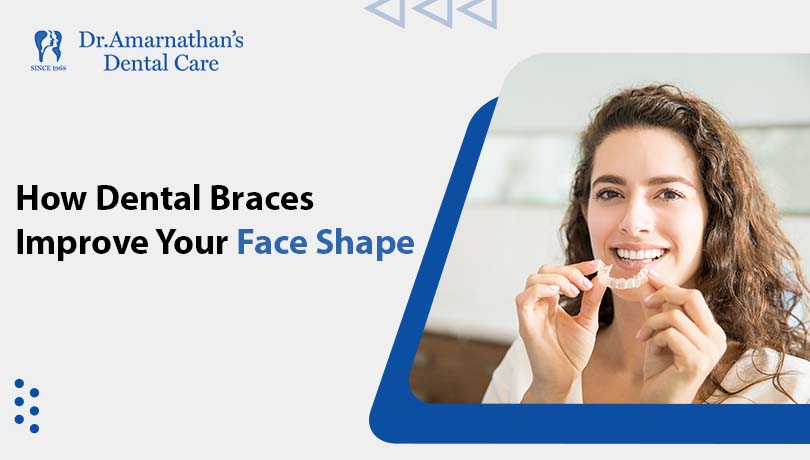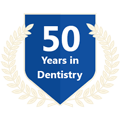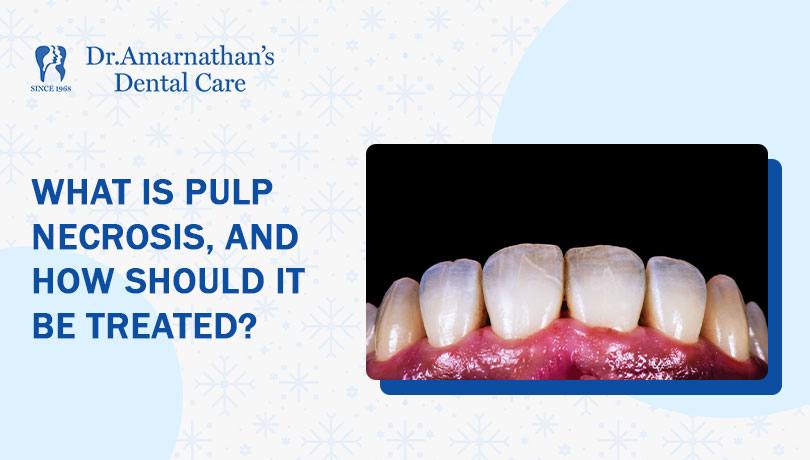
How Dental Braces Improve Your Face Shape?
Introduction
The shape of the dental arches and the position of the teeth can affect not just the smile but also the facial attractiveness. Dental braces can have various positive effects in this sense. A smile that reveals the gums too much can, for example, represent a defect, as can a smile that is too narrow and closed.
Both problems can be corrected through targeted orthodontic treatment. Sometimes, it is just small asymmetries or an incorrect inclination of the frontal incisor group. Upper incisors that are too inclined inwards may not provide adequate support to the lips, making them appear hollow.
Correcting the inclination of the upper incisors is able to visibly increase the volume of the lips, which will appear fuller and plumper. On the contrary, incisors that are overly projecting to be straightened will make the lips look less prominent and more harmonious.
A careful examination of the clinical case by the orthodontist, taking into consideration all of the features of the face, as well as the link between the size of the teeth and the size of the lips, is required. Small adjustments can result in a more toned, less elongated, and sunken face (common in faces with particularly obvious furrows between the nose and mouth) and, therefore, a less “sad” appearance.
What’s changing?
Wearing braces changes not only the bite but also the appearance of the patient since, in the process of aligning the dentition and moving the teeth, initiated by the forced directed pressure of the power arc, the proportions of the facial bones are adjusted, leading to various changes, including:
- face oval
- profile outline
- chin
- nose shape
- silhouette and outline of the cheeks
Answering patients’ questions about how braces improve the face, orthodontists explain that while wearing the system, a complex effect occurs on the maxillofacial area, due to which the tone of the facial muscles changes (decreases or increases), ligaments lengthen, transformation of fascia, skin, and subcutaneous tissue, the face becomes symmetrical and proportional.
Important! The intensity of facial changes following braces therapy is determined by the kind of orthodontic pathology, its severity, and the patient’s compliance with all of the doctor’s prescriptions. However, it is impossible to compare them to plastic surgery.
Chin
Existing orthodontic pathology always affects the position, shape, and severity of the chin. Thus, a progenic bite is characterized by a massive lower third of the face and a noticeably protruding chin. But after correction with braces, the following changes will occur: the lower jaw will move back, and the face will look more harmonious. A similar result will be obtained when correcting distal pathology, in which the upper jaw dominates, and the chin is poorly defined and looks sloping.
Face oval
The main change in the shape of the face after treatment with braces concerns the alignment of the contour. Regardless of which jaw protrude forward and what visual defects there were, after correcting orthodontic pathology, the face will become proportional, and the cheekbone area will look clearly defined. The most noticeable improvements in terms of contour tightening are observed in cases where the patient is diagnosed with:
- Distal occlusion, causing sagging of soft tissues in the cheek area (reminiscent of age-related ptosis)
- As well as narrowing of the upper or lower jaw – when a defect is corrected, the dentition expands, which has a positive effect on appearance.
Lips
The lips are the first to suffer from orthodontic disorders, and their appearance does not change for the better. Their shape deteriorates greatly if the teeth are deviated back, and with a distal bite, the lower lip looks worse. However, aligning the rows with braces also solves these problems.
Important! After installation and while wearing braces, your mouth often appears plumper than it actually is. This phenomenon is associated with pressure on the dentition and increased muscle tone. However, after removing the ortho construction, the swelling will disappear, and the jaws will close as expected. In this case, the effect of a shortened upper lip, which often accompanies distal pathology, will also disappear.
Nasolabial folds
Disproportion and misalignment of the jaws, lack of their full closure, and incorrectly positioned teeth often provoke deformative facial changes, which are considered a sign of age in people who are healthy in terms of orthodontics. One of these changes is the appearance of pronounced and, at the same time, asymmetrical nasolabial folds. But when normal facial proportions are restored, the nasolabial folds become less deep, and symmetry in the central part of the face is restored so that the person looks much younger. As a result, the facial expression ceases to be angry, which has a positive effect on the person’s psychological state.
Nose
Sometimes, after installing vestibular braces on the upper jaw, patients notice a change in the appearance of the nose – it looks slightly upturned but does not spoil the profile. After the end of treatment, this effect usually disappears, but in some cases, the mischievous “upturned ness” may remain. And such a change never upsets patients!
When can you expect results?
The restoration of normal facial proportions during treatment with braces occurs gradually as the teeth move and the dentition is aligned. You can see how your face changes after braces in just three to four months and evaluate the final result after the end of the active phase of treatment, which takes about one and a half to two years and ends with the removal of the system. The exact period of correction will be determined by the doctors after a consultation, examination, and drawing up a treatment plan. In order to maintain the achieved result and help the teeth to be securely fixed in their new places, a retention guard will be made for the patient, which he will have to wear daily during the entire period of retention.
Conclusion
Dental braces may improve your face appearance in addition to straightening your teeth. Braces help to create a harmonious facial look by treating abnormalities such as gummy grins, narrow arches, and misplaced incisors. This metamorphosis includes modest chin modifications, a better face oval, an improved lip shape, and a reduction in nasolabial folds. Braces can produce a more balanced and youthful facial look, depending on the exact orthodontic condition and patient compliance. The effects are seen within months and continue to improve throughout the therapy term. Retention guards aid in the maintenance of these changes, resulting in a confident and appealing smile.






